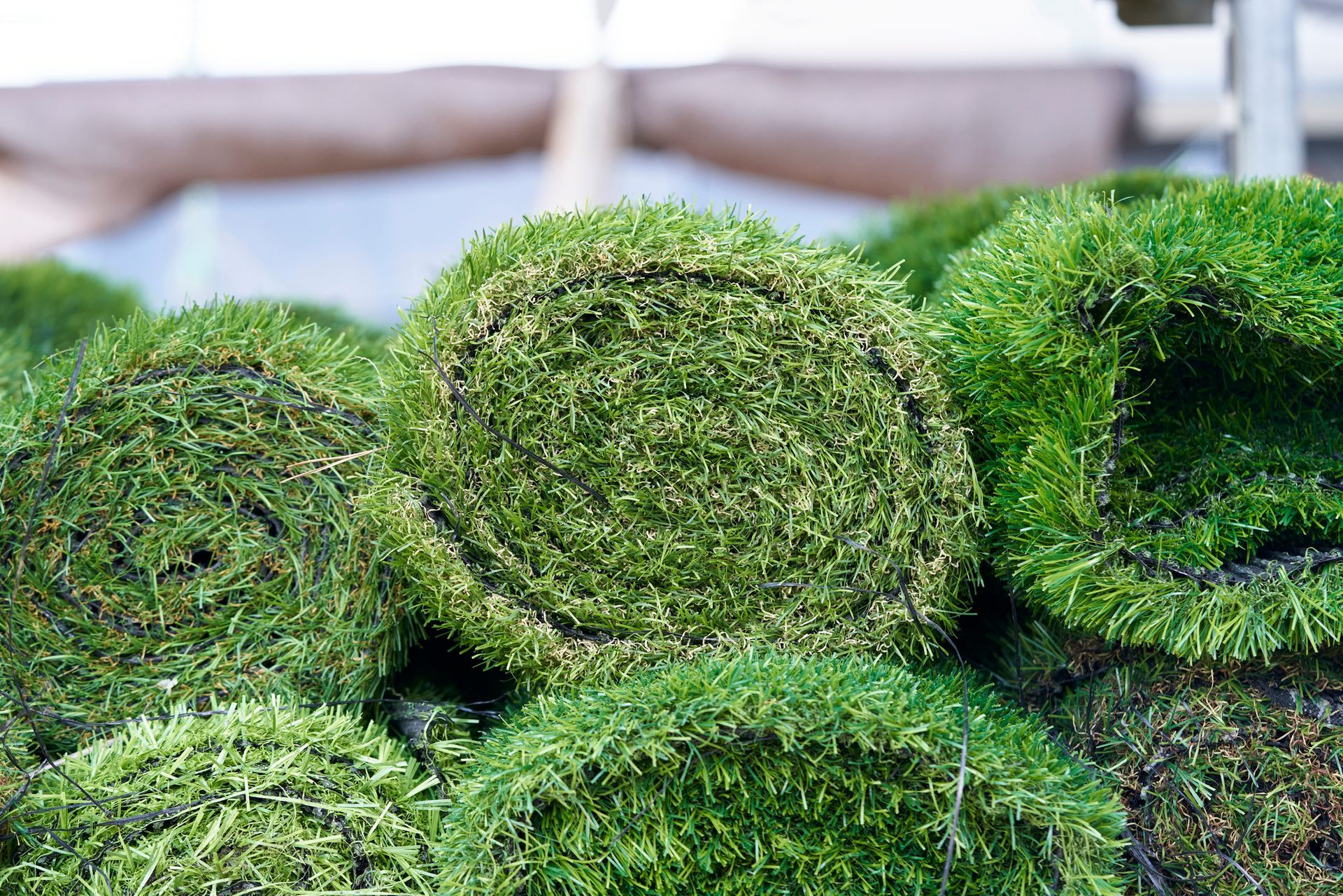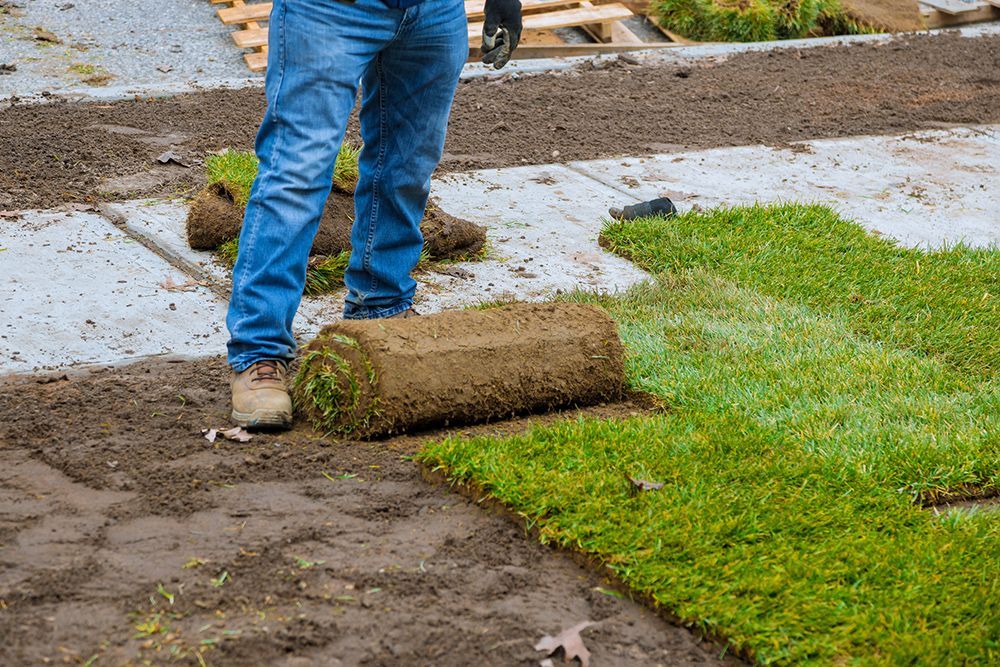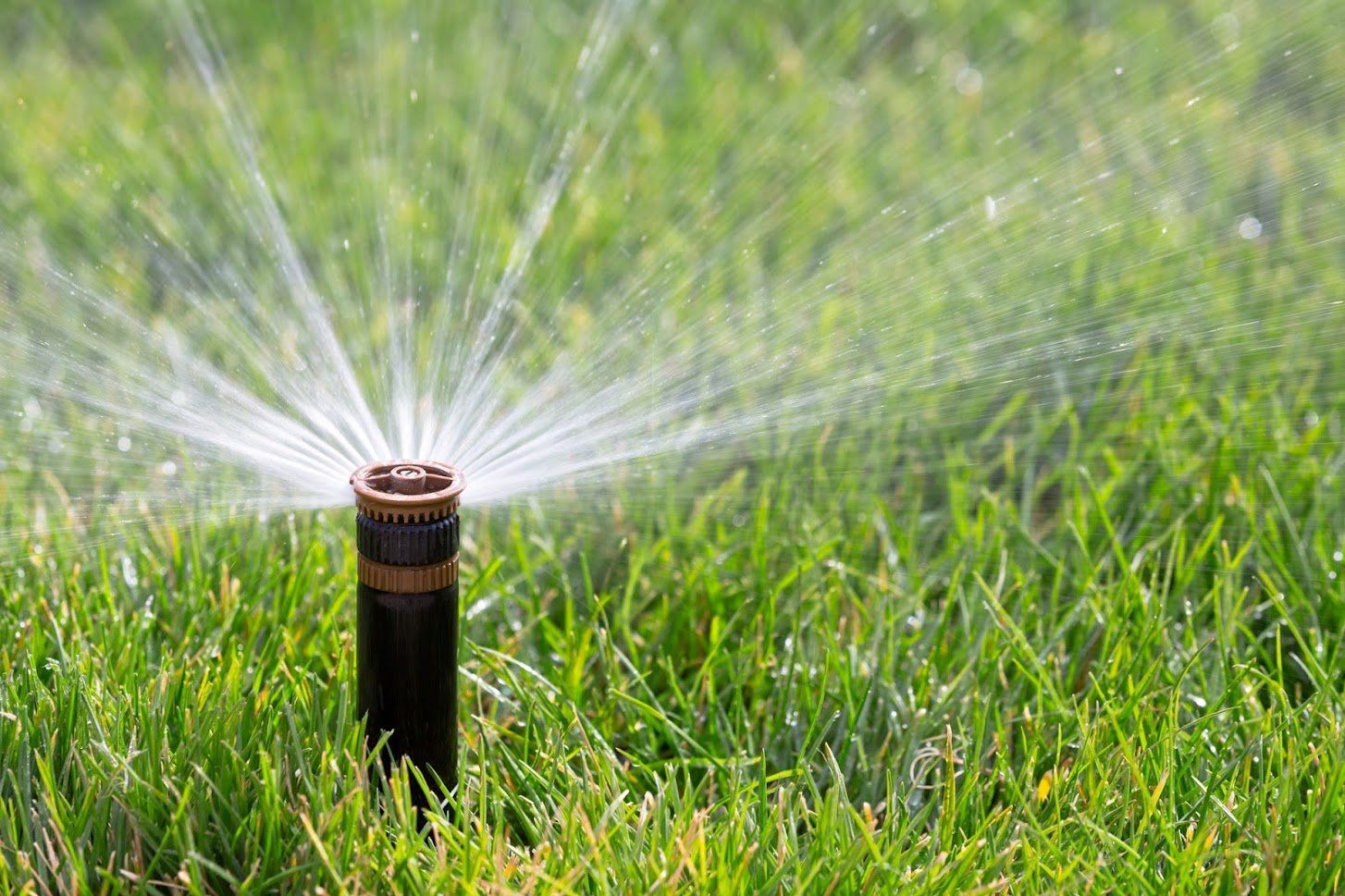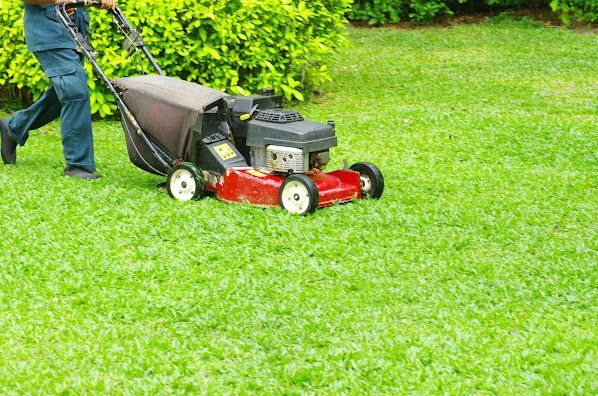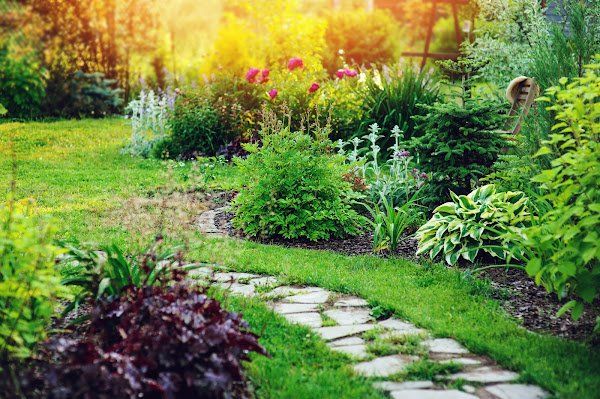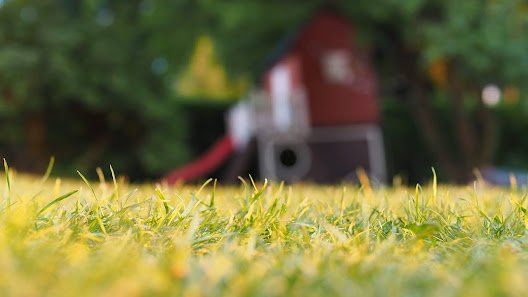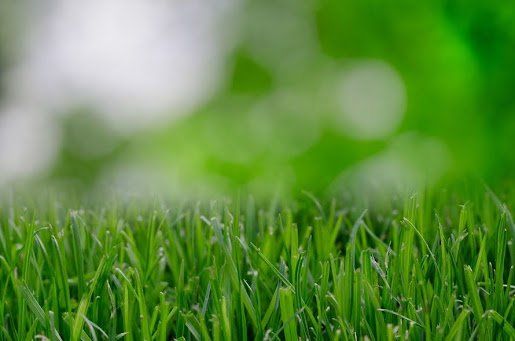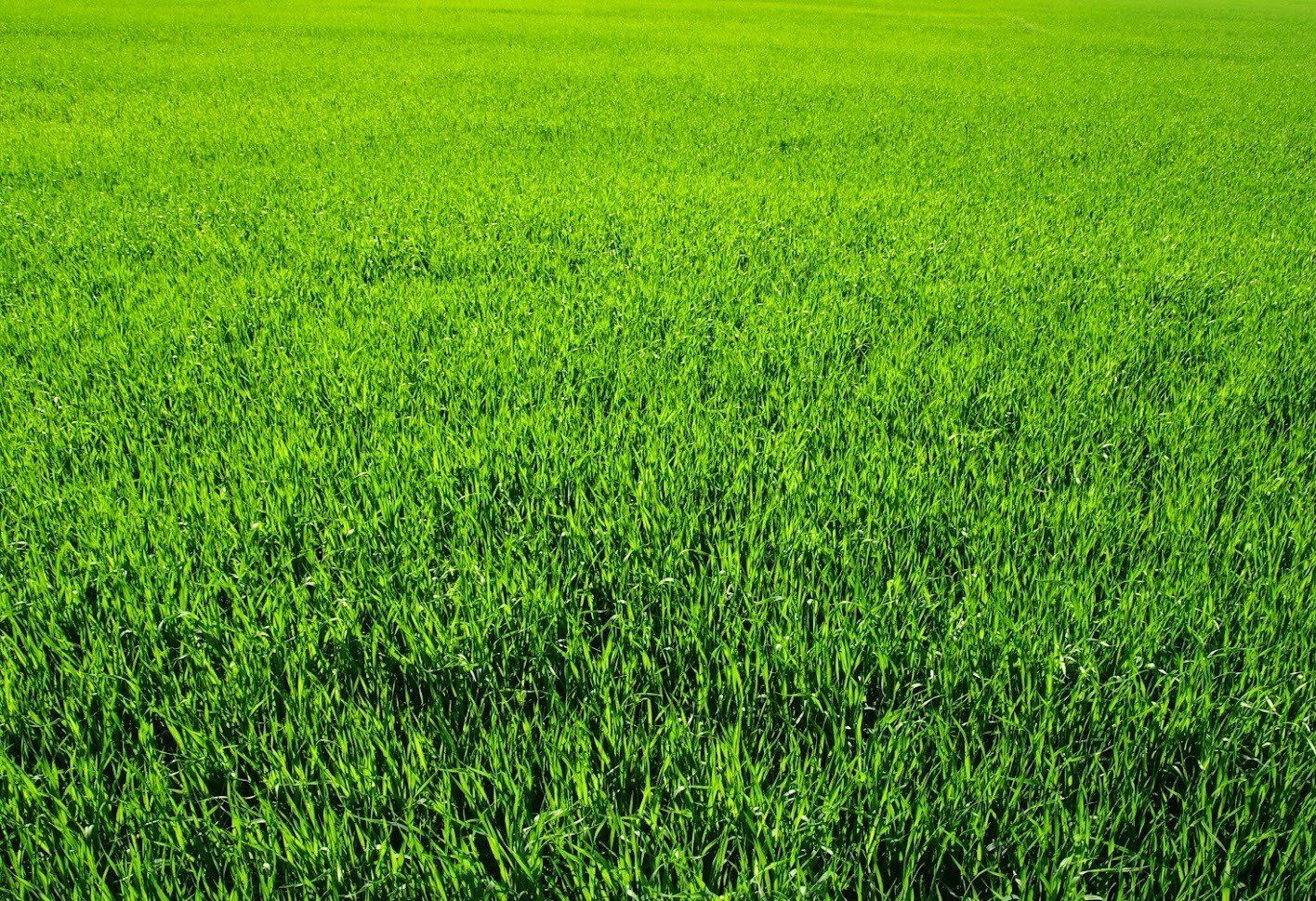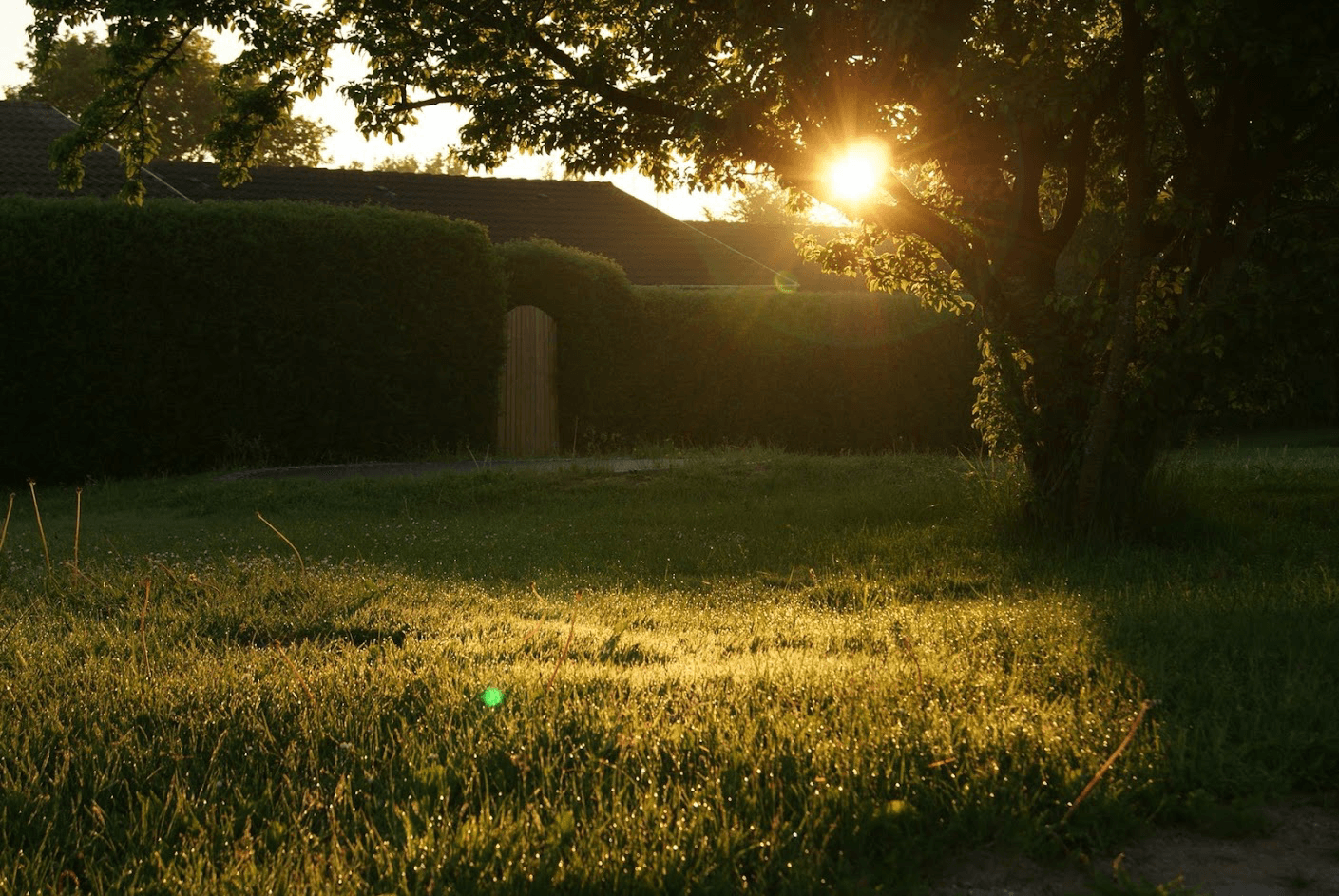3 Ways to Prepare Sandy Soil for Sod Installation
Admin • October 13, 2020
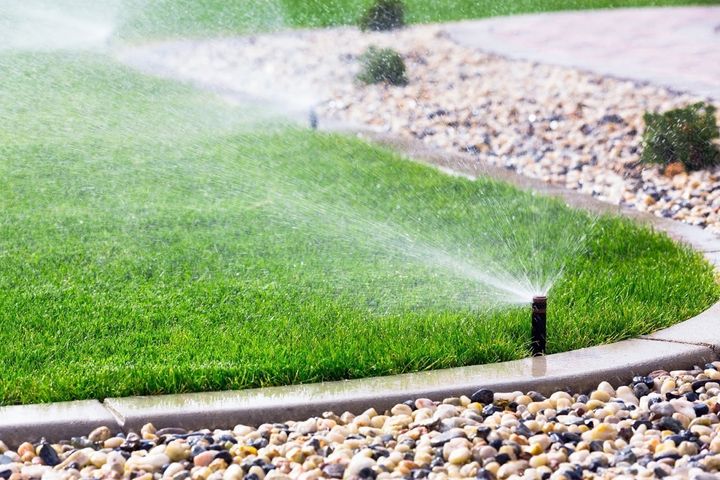
A beautiful lawn can dramatically change the way a property looks and feels. Many homeowners dream of having lush, vibrant sod that feels soft underfoot and adds curb appeal to their property. One of the best ways to get the lawn you have dreamed of is to install sod.
Unfortunately, the soil around your property can limit any sod's ability to thrive. If you live in an area known for having sandy topsoil, your current lawn might look patchy, yellow, or dry. Although a fresh installation of sod will improve the look of your yard in the short term, you will need to fix the problems created by your topsoil's deficiencies in order to get the long-term results you want. Here are three ways to prepare your sandy soil for sod installation.
1. Improve Water Retention
One of the most significant problems with sandy soil is water retention. Sandy soil has some of the qualities of beach sand, and just like beach sand holds and releases water with the ebb and flow of ocean waves, sandy soil doesn't hold onto water for long. Water from rainstorms, sprinkler systems, or manual watering routines drains deep into the ground and away from turf roots before the grass can absorb enough of it to thrive.
Thankfully, you can improve your sandy topsoil with additives designed to improve water retention. Vermiculite, a mineral soil supplement, and peat moss, an absorbent type of bog moss, both hold large volumes of water. Simply till either one of these soil additives into your topsoil as your level your yard and prepare for turf installation. If your soil is acidic, choose vermiculite over peat moss.
To test your soil's ability to retain water, try squeezing some damp soil in your hand. If it crumbles, add more vermiculite or peat moss. If it stays together, you have successfully improved your soil.
2. Add Essential Nutrients
Sandy soil can lose nutrients quickly due to its inherent problems with water retention. As water runs quickly out of the soil, it pulls essential nutrients like nitrogen and phosphorus out with it. Soil lacking in these key nutrients won't be able to adequately feed new sod for long.
If you want your lawn to look as lush as possible, you need to support it with soil that is full of the nutrients it needs to grow. To check your soil's nutrient levels, try using a soil test kit on patches of soil from several spots on your property. Once you know what your soil is lacking, you can amend it by tilling nutrient supplements or fertilizers into it as you level it. Till to a depth of six to eight inches
for the best results.
3. Consider Topsoil Replacement
Some homeowners have fought with their sandy soil for years with little success. If you find yourself in this situation, you have an important final option to consider: topsoil replacement. With a completely new layer of topsoil, you can give your property the ability to support a beautiful lawn.
To replace your topsoil, first remove 8 to 12 inches of your yard's topsoil. Try to create an even surface across your property. Then, replace the old soil with high-quality topsoil. Ideally, the new soil should already be nutritious enough for your sod of choice and have great water retention.
Although topsoil replacement is an expensive way to solve the problems that come with sandy soil, it is also a permanent solution. With new topsoil, you will always be able to grow any variety of sod that thrives in your area.
No matter how you prepare your soil for sod, the sod you choose can make a big difference. At Novasak Turf Farm, we grow our sod in sandy soil so all of our customers can grow beautiful lawns easily. If your property has sandy soil and you are interested in our sod, contact our team
for advice and product recommendations today.

